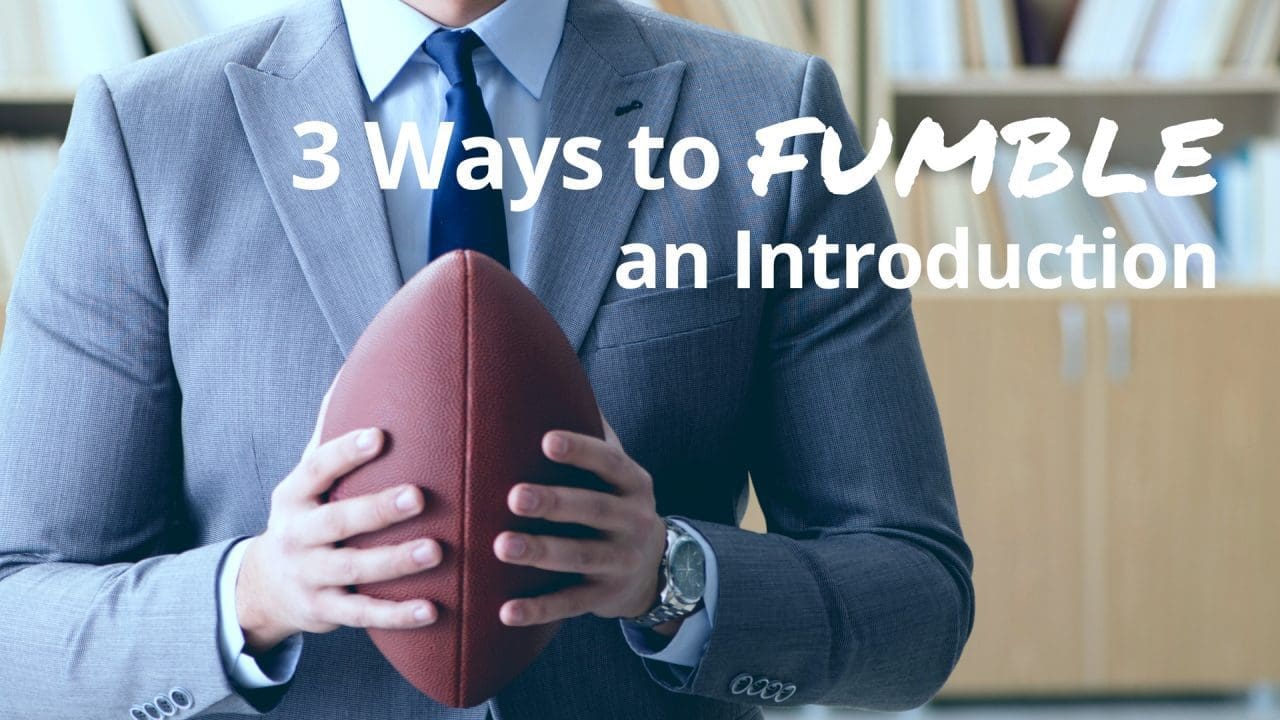An Introduction Gone Bad

I blew it and I knew it. I botched an introduction. I should have known better.
That’s right. Even the “Referral Coach” gets it wrong from time to time.
Here are three blunders I have personally made – the first one very recently – and the lessons I’ve learned. You might as well learn from my mistakes – right?
3 Introduction Blunders to Avoid at All Costs
1. Not discussing what the introducer will say
This was the mistake I made a couple weeks ago.
During a phone call, I asked a colleague (let’s call him Sam) to introduce me to someone. I suggested to Sam that he not just send an email to the contact, but that we craft an “email introduction” together. I suggested we discuss what he might say to the contact to present me in the best light possible and pique his interest.
Unfortunately for me, it was too late. Before the conversation went any further, Sam responded saying that he had already sent a message to the contact, and would let me know when he received a reply. You can imagine my reaction…

A day or two later, Sam forwarded me a response from the contact, stating that he “wasn’t interested” (in so many words). In this exchange, I learned that Sam had not provided the type of introduction that would have been best in this situation; the right message, with the right angle, and the right next step.
Lesson Learned: Tell your referral source, “Here’s what I’ve found works the best” and get their agreement to make the introduction in the manner that truly works the best for you (and will still be comfortable for the other parties). NEVER assume someone knows how to describe your value in the right way for any particular circumstance.
2. Not learning anything about the prospect in advance
Not too long ago, I was on the phone with a very happy client. Before I could get the words out of my mouth to discuss a possible introduction, he was already telling me about someone I should contact.
I could tell he was in a bit of a hurry and was about to end the phone call. Should I keep the call going and learn more about the prospect (and suggest a true introduction), or do I respect these signals he was sending to me and settle for a name and phone number?
While I prefer to say that I “respected his time,” you could say that I simply “wimped out.” Either way, I hung up with insufficient information to maximize my chances of making a good connection with this new prospect.
Of course, I went to the prospect’s LinkedIn profile and his firm’s website to learn a few things. But, none of this information compared to the quality of intel I would have received from my most valuable resource: my client/referral source. Not surprisingly, despite calling the prospect twice, and leaving short (but compelling) messages, I never heard anything back.
Lesson Learned: If you don’t have time to gain quality information about the prospect that will allow you to leave more relevant and compelling messages, pump the brakes. Don’t settle for a name and phone number like I did, and then rush off and contact the prospect. Find a way – via phone or email – to query your referral source for more information. The most effective questions I like to ask are:
- What’s going on in his business right now that’s most important to him;
- What do you think you will say to him that will pique his interest in hearing from me?
3. Not keeping the introducer in the loop
This one happened to me many years ago, and I will never make this mistake again.
A client provided me with three decent introductions, one of which resulted in a new client that booked me for a speech about six months out from the time of the introduction.
Knowing I wanted to thank the referral source, I learned that he was a cyclist and rode every week. I purchased a very nice cycling jersey that I planned to present to him in front of the group – demonstrating that we should “thank the referral source.”
About 5-6 weeks before the event, I received an email from the referral source acknowledging that he would see me in a few weeks and mentioning that he was surprised to learn that I “got the engagement” when he saw the promotion for the event.
When I saw him before the speech, he was slightly distant in his demeanor, which was uncharacteristic of his normal way.
What saved me in this situation was the presentation of my thank you gift to him. He appreciated the fact that I learned about his passion for cycling and tailored my thank you to him. The audience applauded, and his demeanor was back to normal. Whew!
Lesson Learned: Always keep your referral source in the loop, and don’t wait 6 months to thank them (no matter how grand the gesture). You don’t have to over do it, but an occasional email update is highly appreciated by the referral source.
How you get introduced, what you learn, and how you follow through with referrals and introductions truly does make a difference in the results you will produce, and your ability to remain referable (or should I say “Introducable”?) in the eyes of your clients and centers of influence.




